Located about 18 miles from where we are staying in Lutz, FL, this 8,330-acre, regional park has multi-purpose hiking trails (bicycling, roller blading, hiking, and some equestrian), camping areas, horse corral, playgrounds and shelters/pavilions. A large field at the entrance to the park is home to the endangered gopher tortoise and we saw a couple moving about as soon as we entered the Wilderness Park.
They dig burrows (shown above) with their shovel-like front feet that can be up to 10' deep and 40' long. Their burrows are also home to 300+ other species (some owls, rodents, snakes, insects, etc.). They can live to be 90-100 years old!
After paying our $2 day-use fee (by cash or credit card), we stopped at the park's kiosk to pick up a map of the hiking trails.
There is a large parking area near the horse corral where the trail begins.
We did the 2-mile loop with our sweet doggy, Sadie. She really enjoyed sniffing her way along the trail and checking out the squirrels, lizards, and birds in the area.
There are picnic tables along the trail so we stopped to enjoy our surroundings and our picnic lunch.
And, we then continued on the trail enjoying the wilderness setting.
We came upon the McNeil Homestead where there are remains from the original settlement and some from subsequent ones, too. McNeil, a veteran of the Civil War, purchased this plot of land in 1882. Subsequently, it was sold to J.M. Mitchell (1906-1915), L.L. Anderson (1915-1937), and then J. B. Starkey (1937-1972).
There are only a smattering of remains here. The McNeils lived here in a 10' x 20' log cabin with their three children. The cabin was still standing when Starkey purchased the property 1937. Below are a couple of notched logs from the original cabin from the 1800s and remains of the animal pens (likely used for hogs and goats).
A shallow brick-lined well was built here in the late 1800s providing water for the inhabitants and livestock of the farm. Also, shown are grave sites believed to be that of McNeil's first wife, Martha, and son, Donald. Family members were usually buried on pioneer farms.
There is also other debris here including discarded auto parts from past inhabitants.
There are multiple interpretive signs at the site providing interesting insight to the history of the homestead.
There are primitive and group camping sites that can be reserved online at the park. Here's on of the group sites. Multiple pavilions (with grills) are also available in various parts of the park.
After our hike (and their were multiple other trails that start from the same parking area), we returned to our car and drove through the rest of the park. We were amazed at the number of gopher tortoises (at least 10) we saw here. I have come to love this ancient species and enjoy every one we are lucky enough to see in the wild! Now that we have seen so many, I can see the unique characteristics of each!
Twenty-three species of tortoise existed in North America 60 million years ago. Today, the gopher tortoise is one of five that remain, and the only one found east of the Mississippi. Loss of habitat is the primary cause of decline in the gopher tortoise population.
We all enjoyed time in the beautiful outdoors here. Additional information (including maps of hiking trails) about the park can be found at http://www.pascocountyfl.net/index.aspx?NID=304.
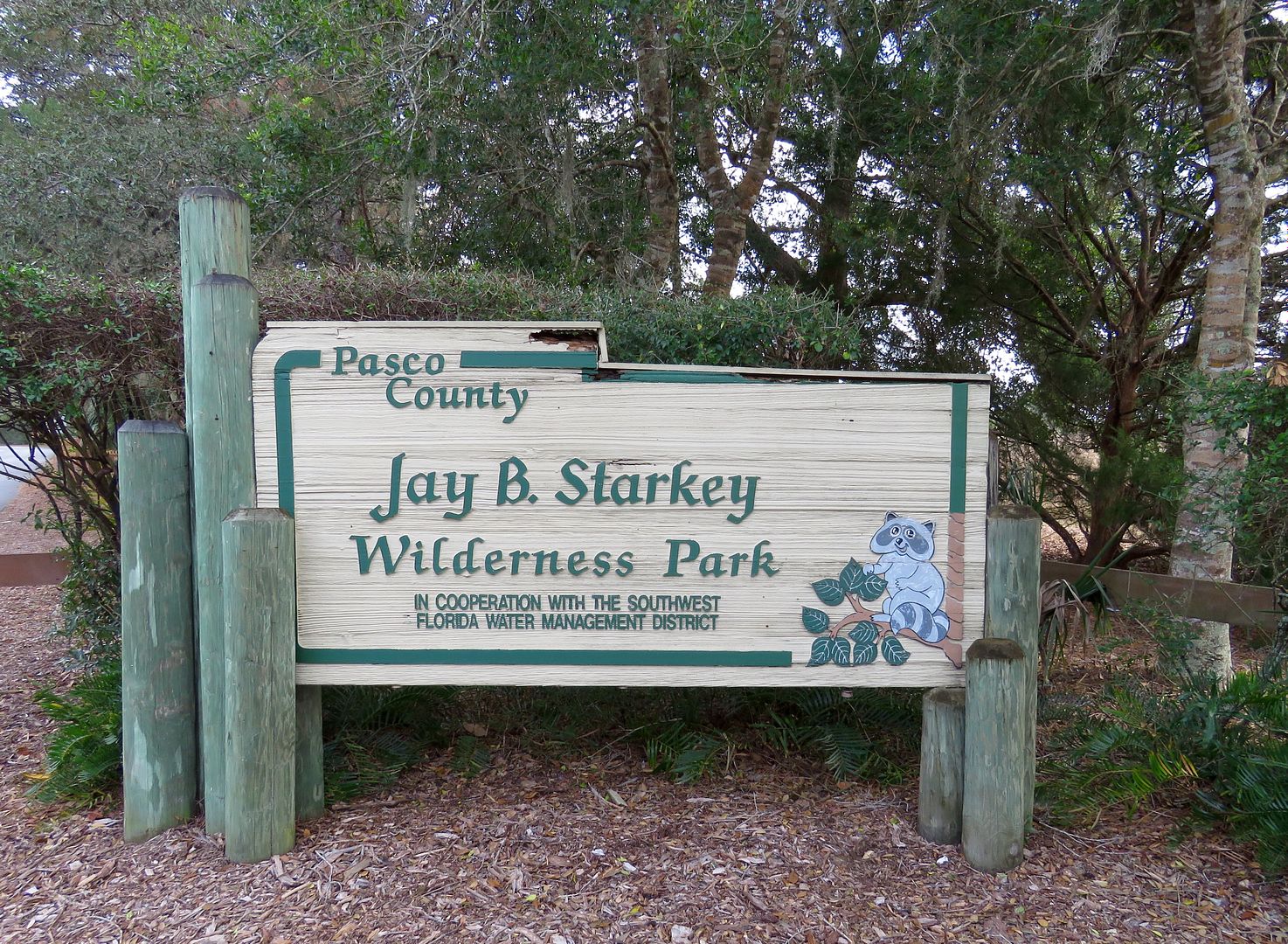
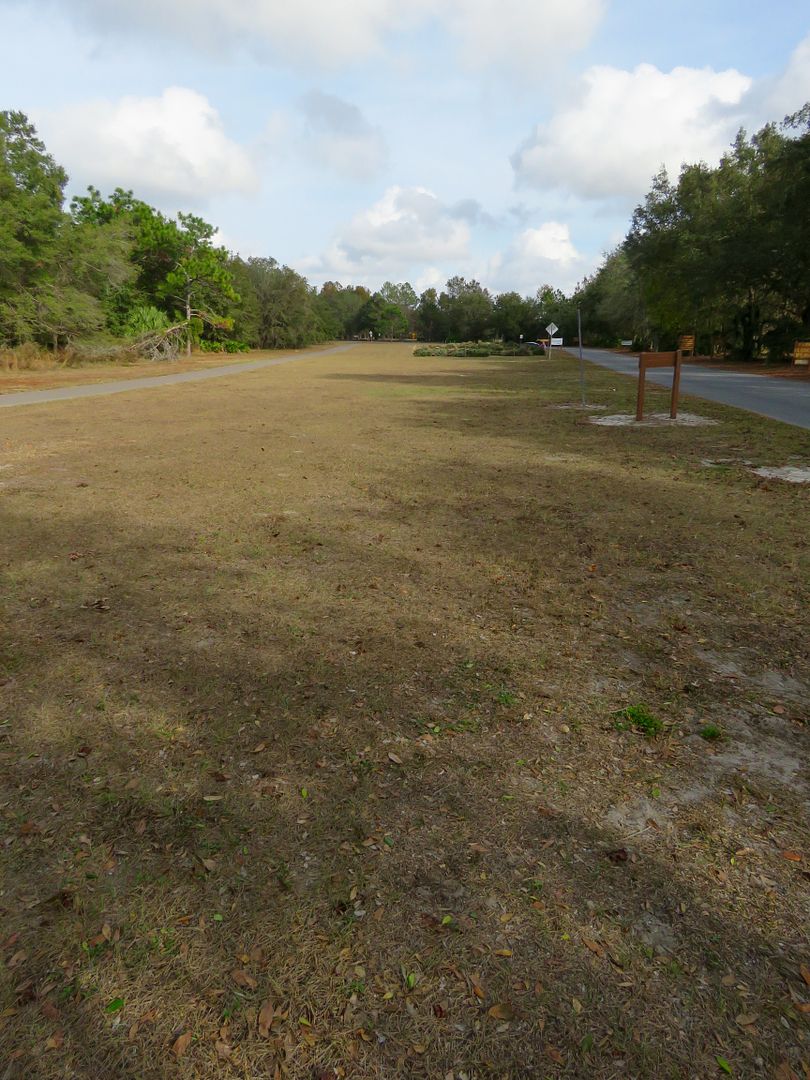
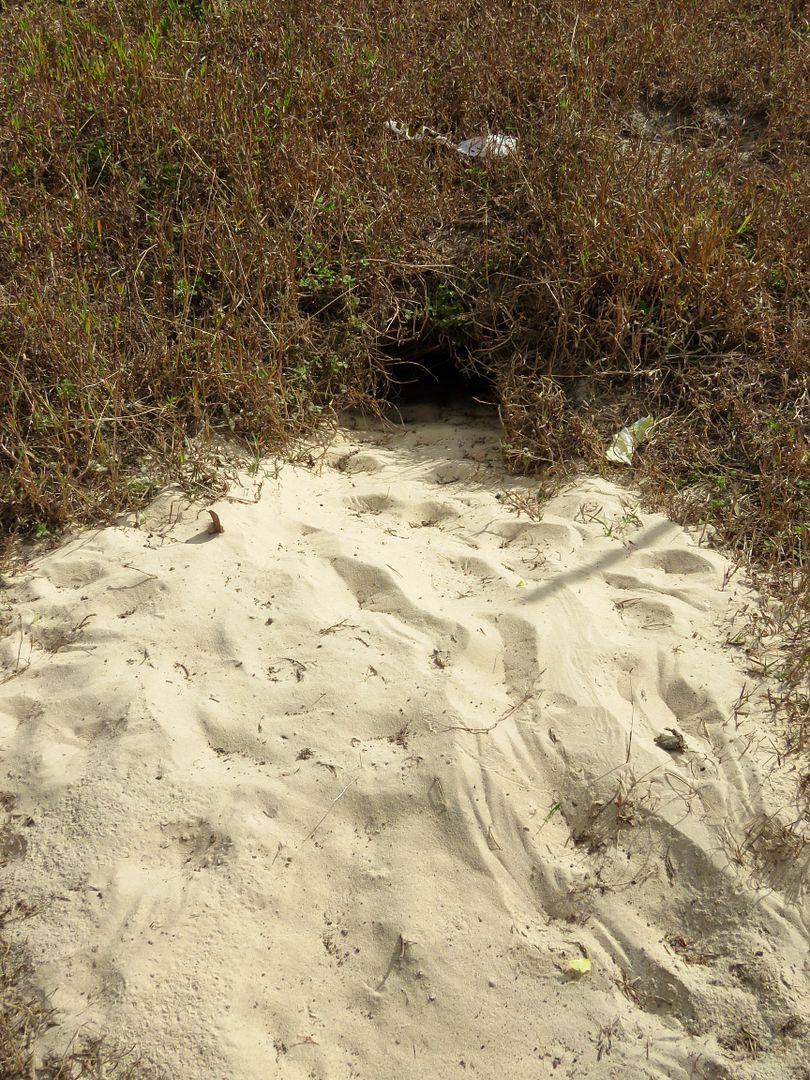

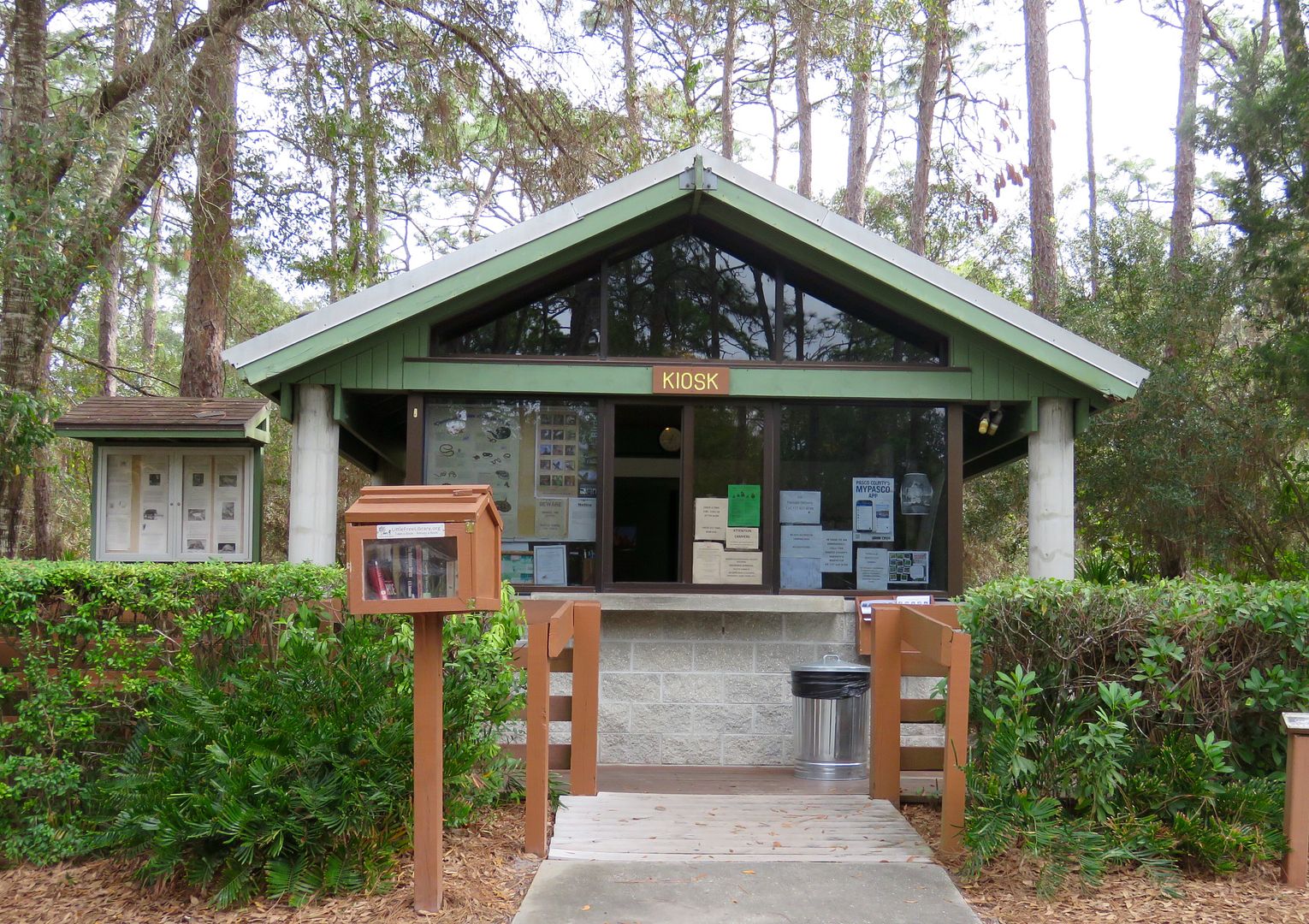
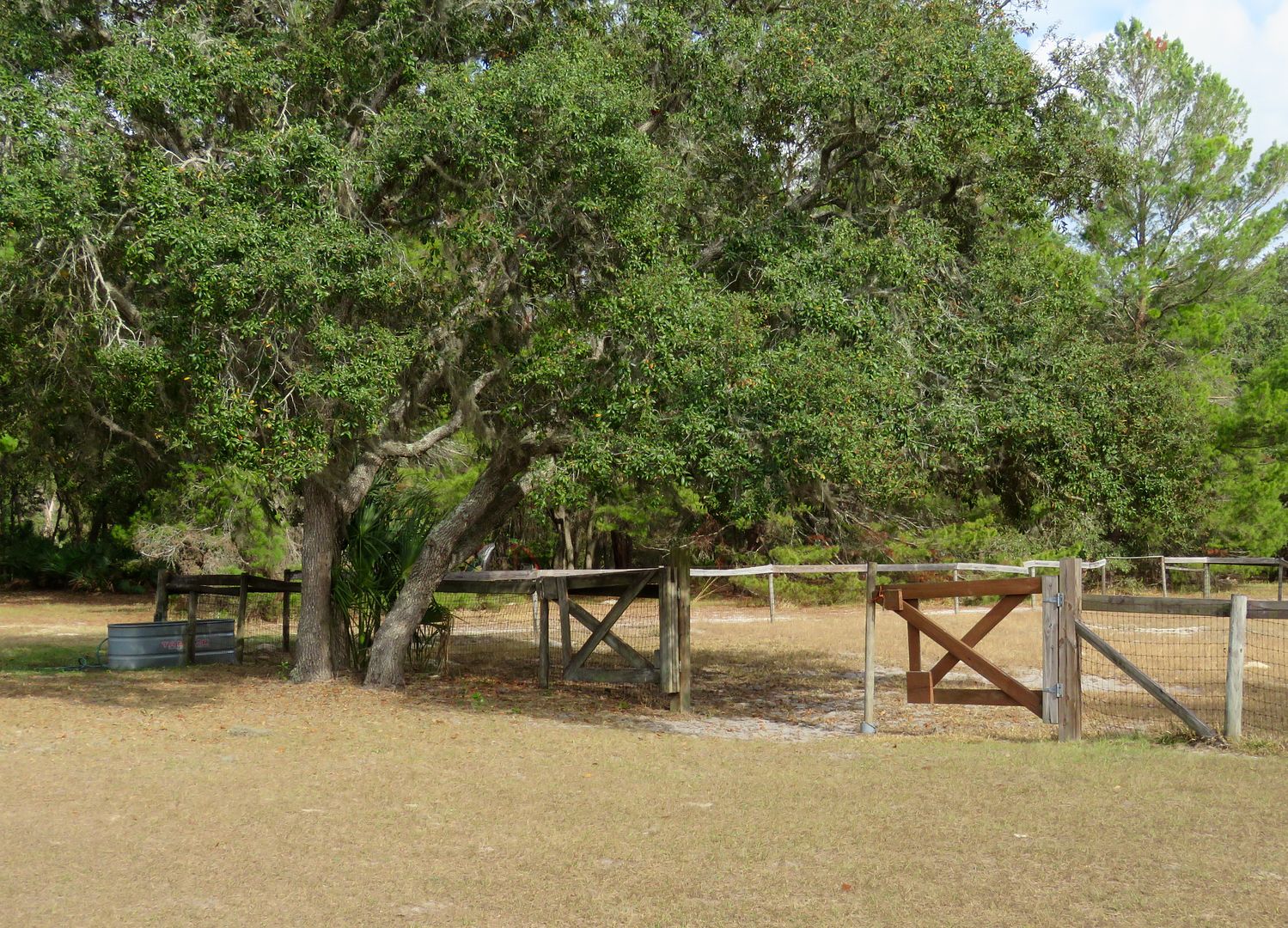
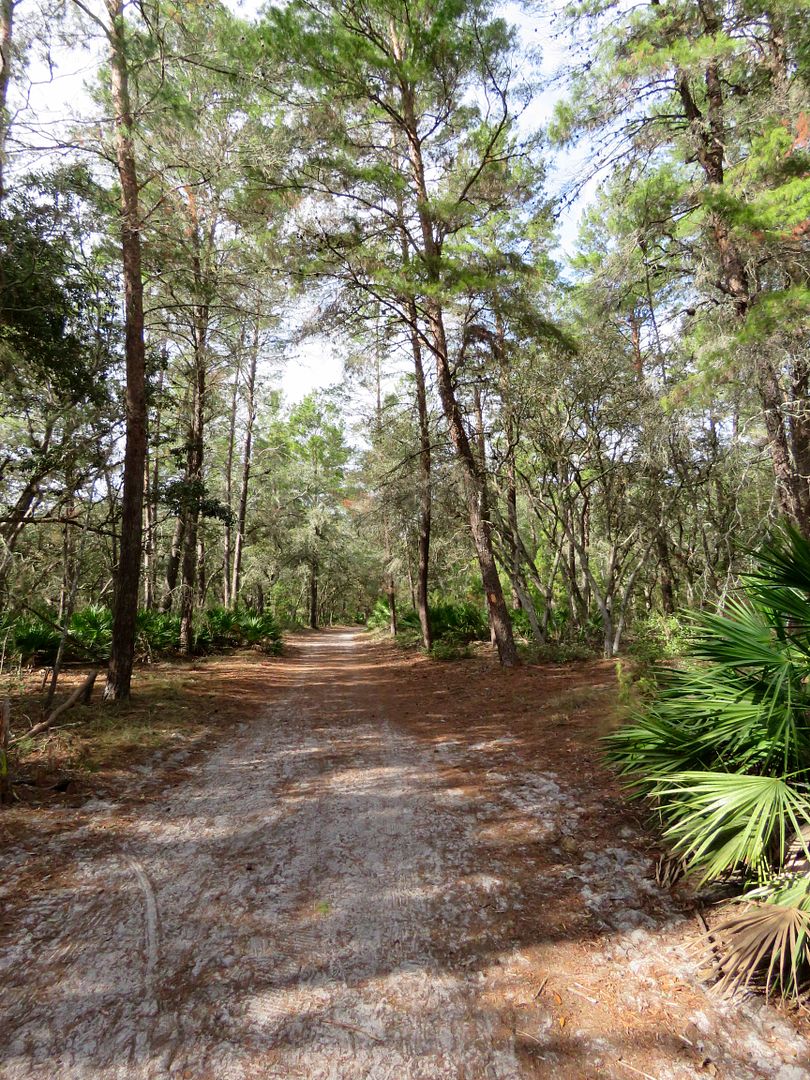


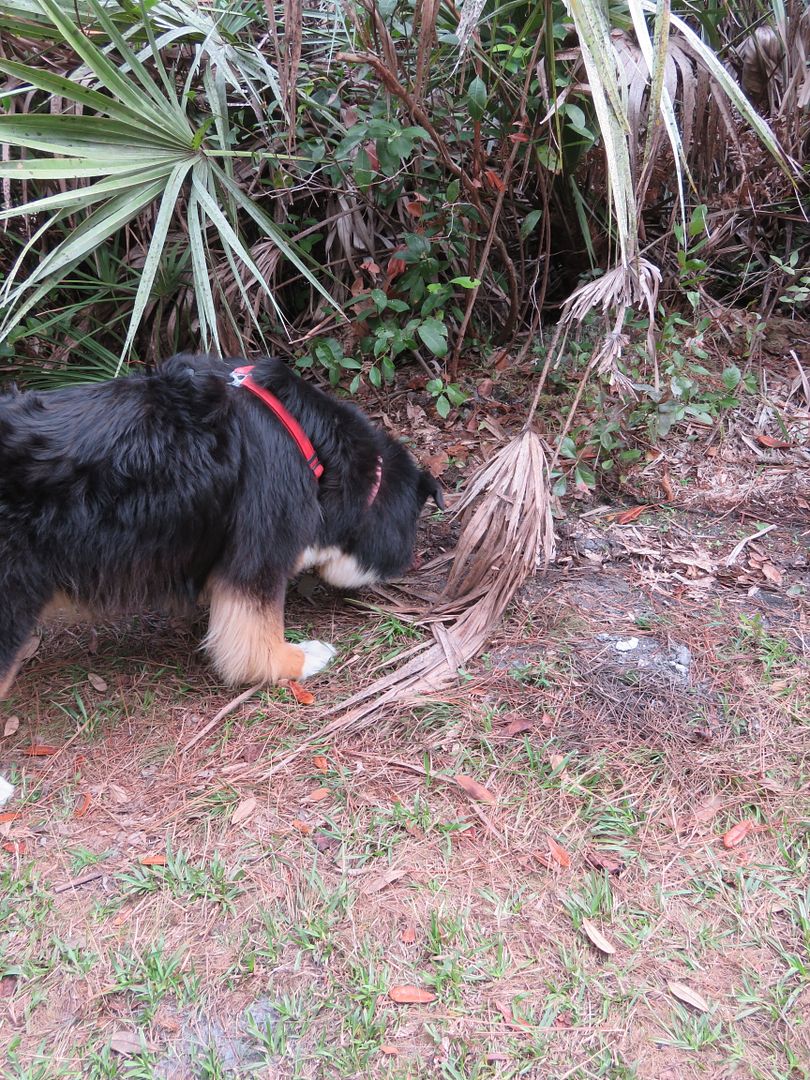


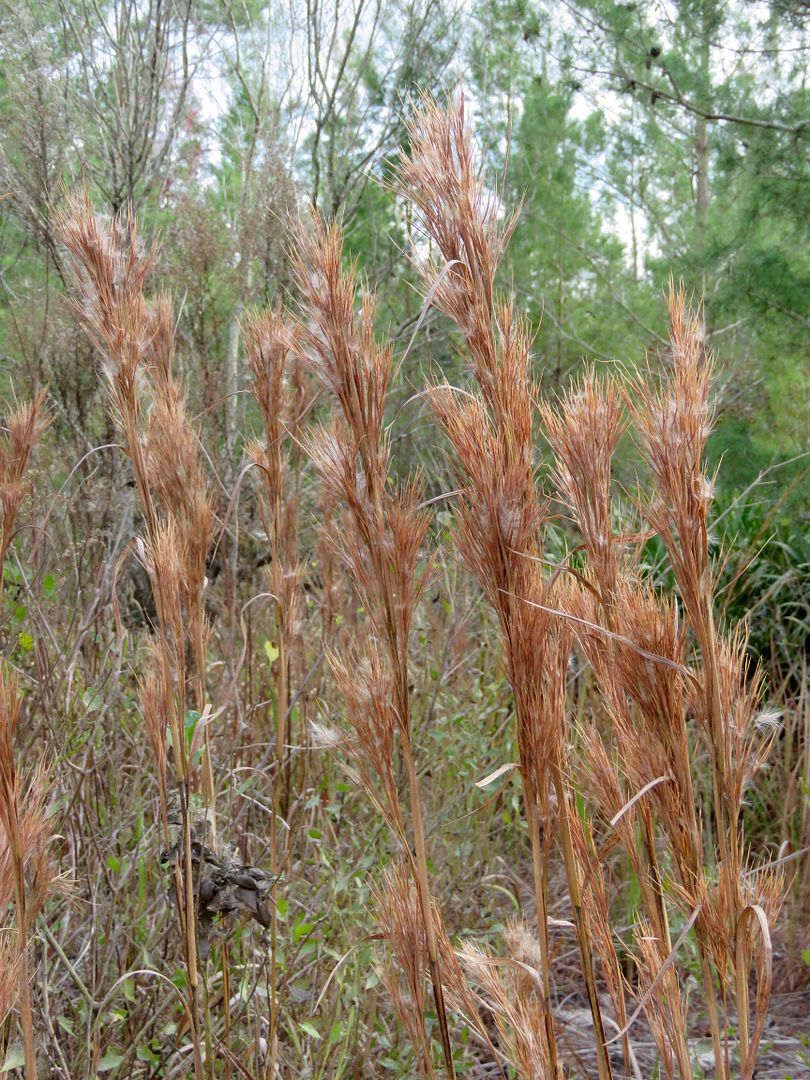
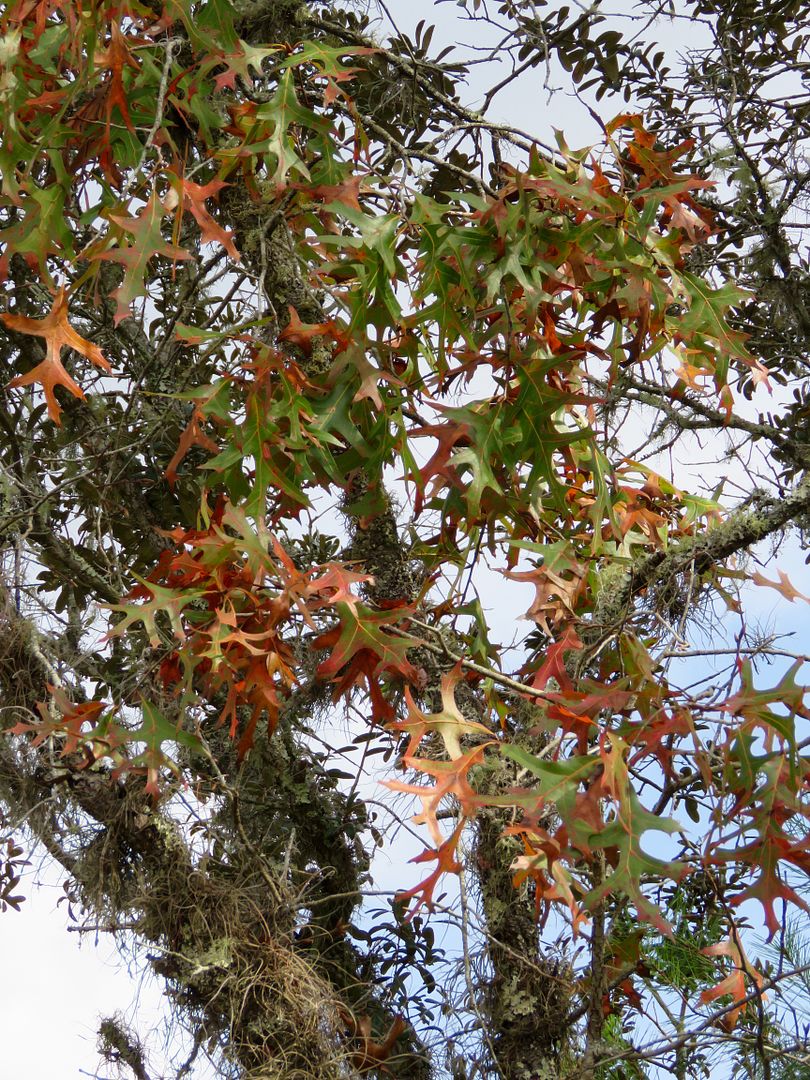
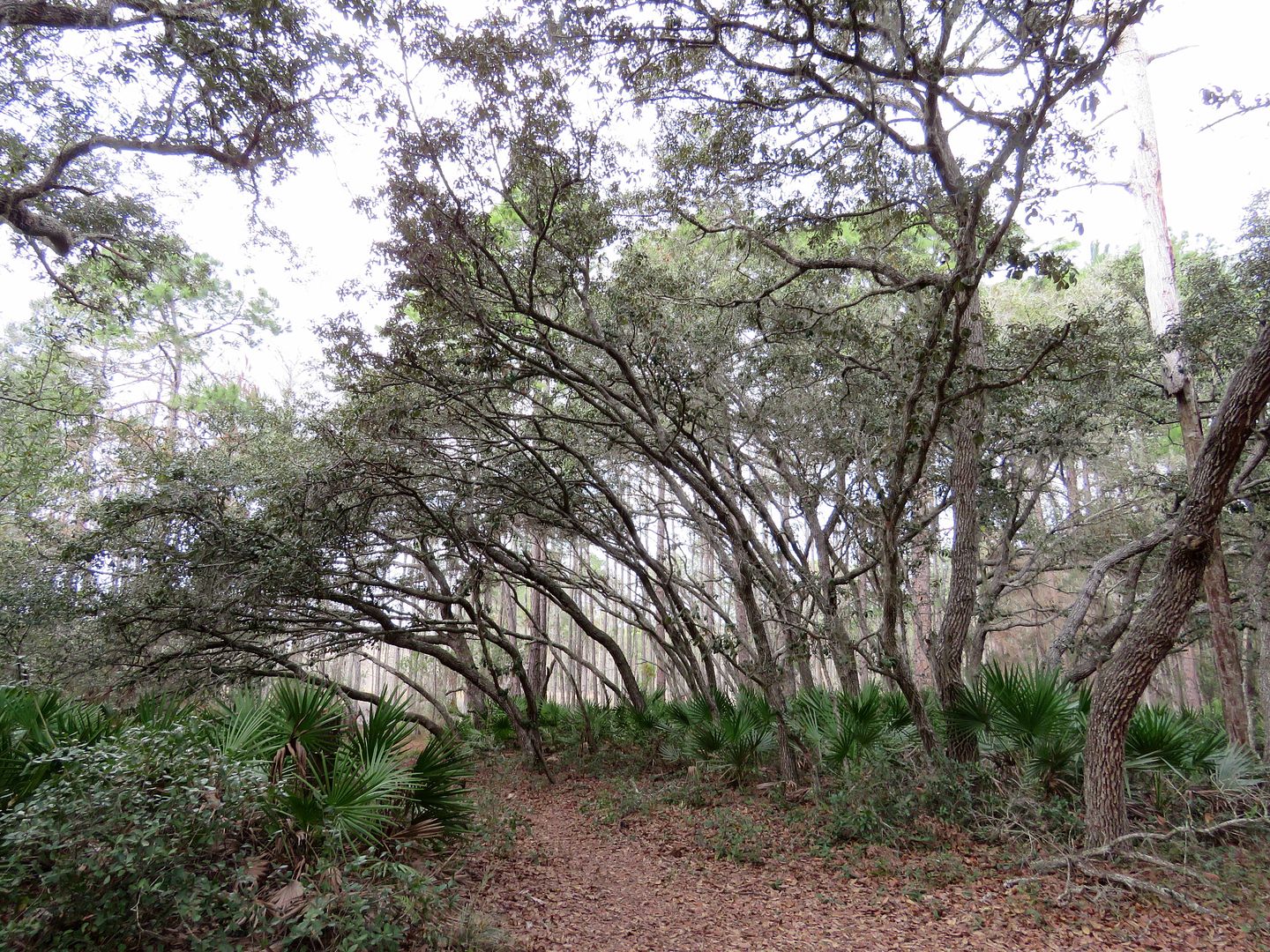
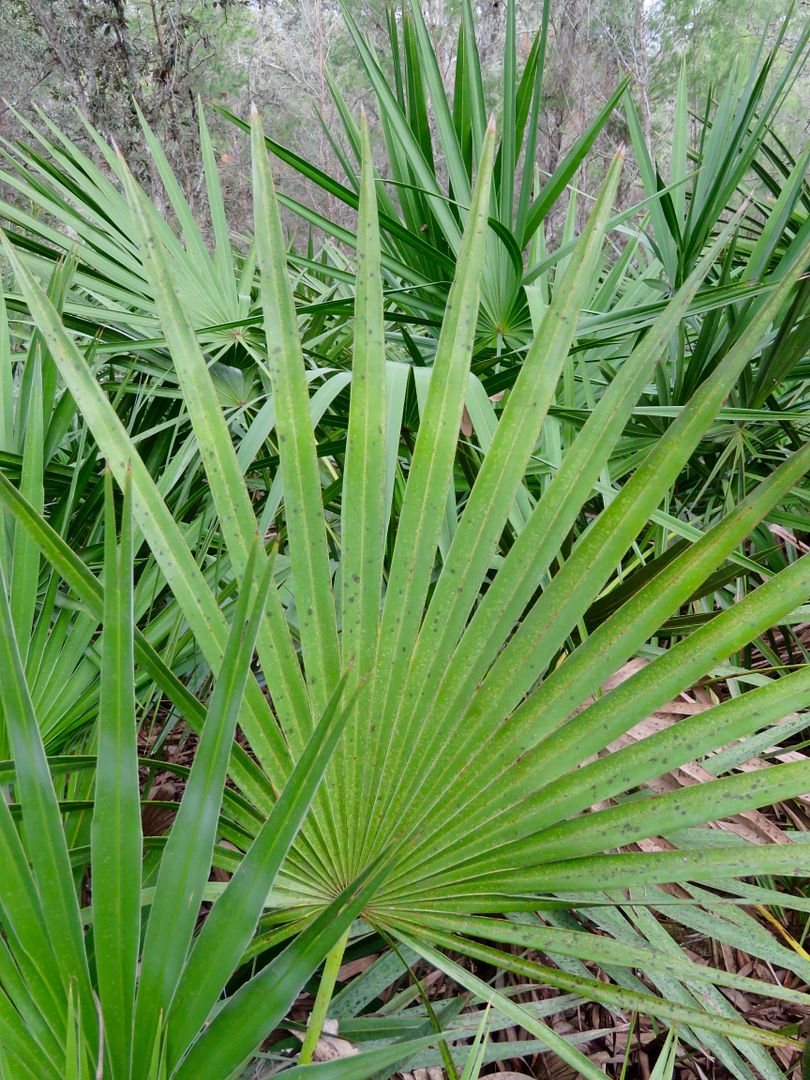


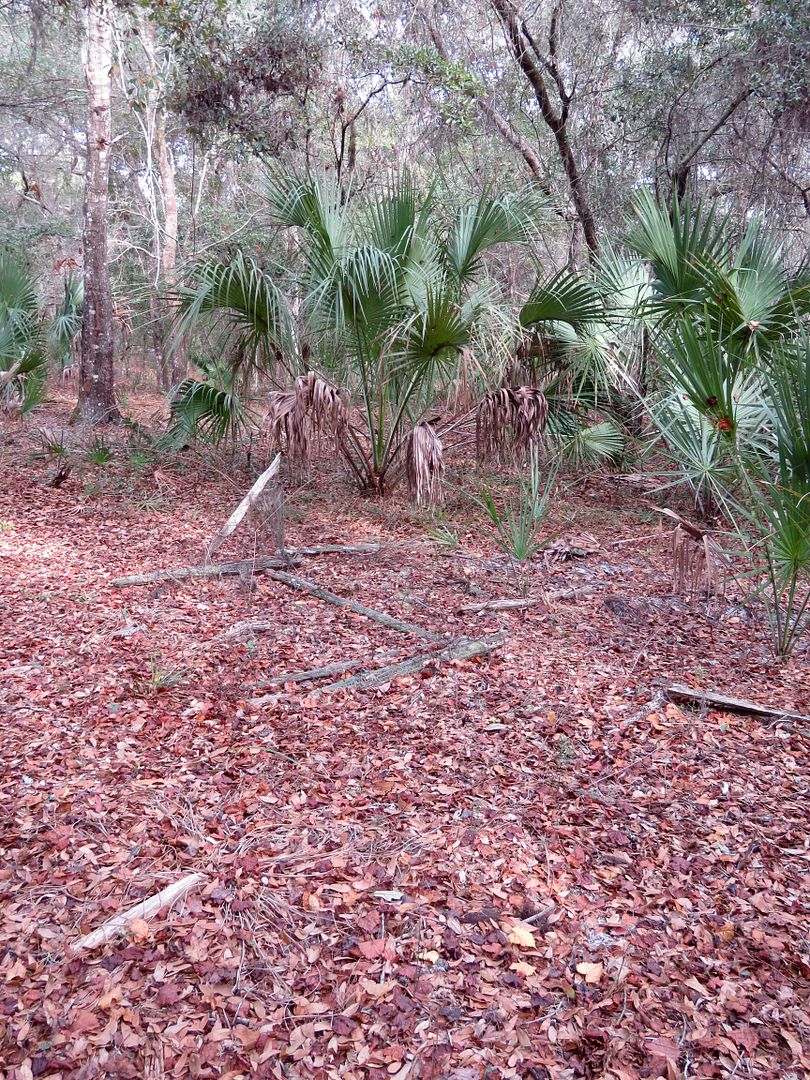
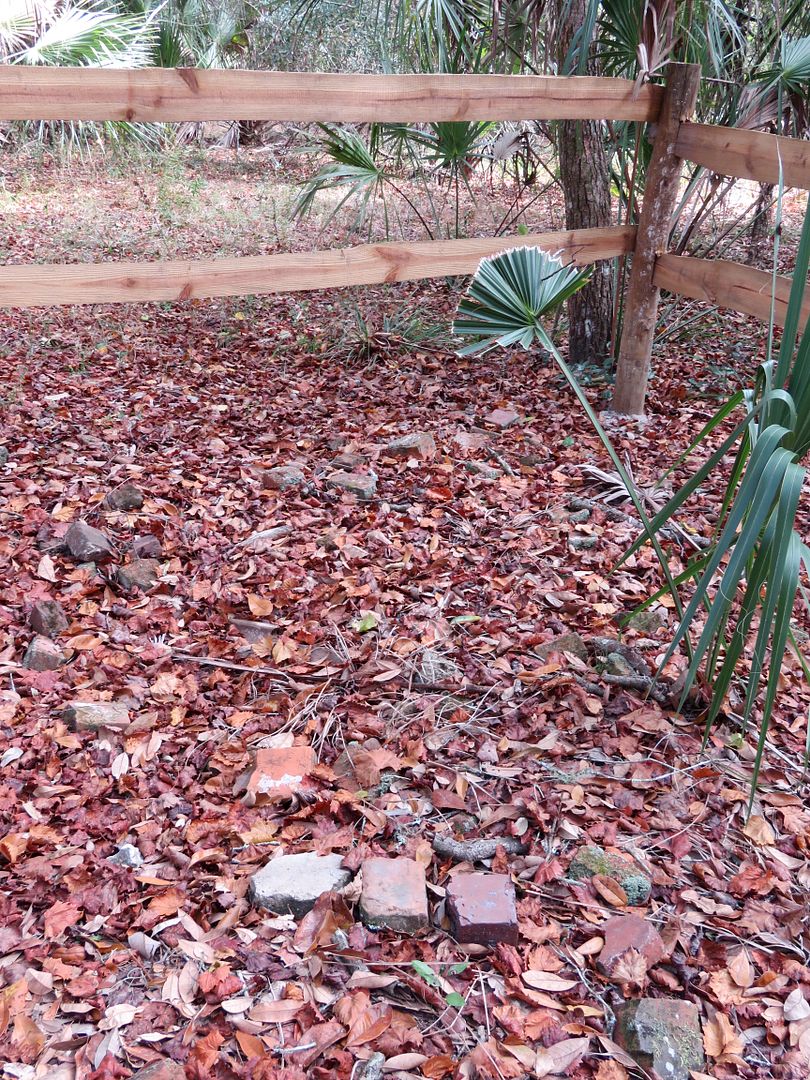

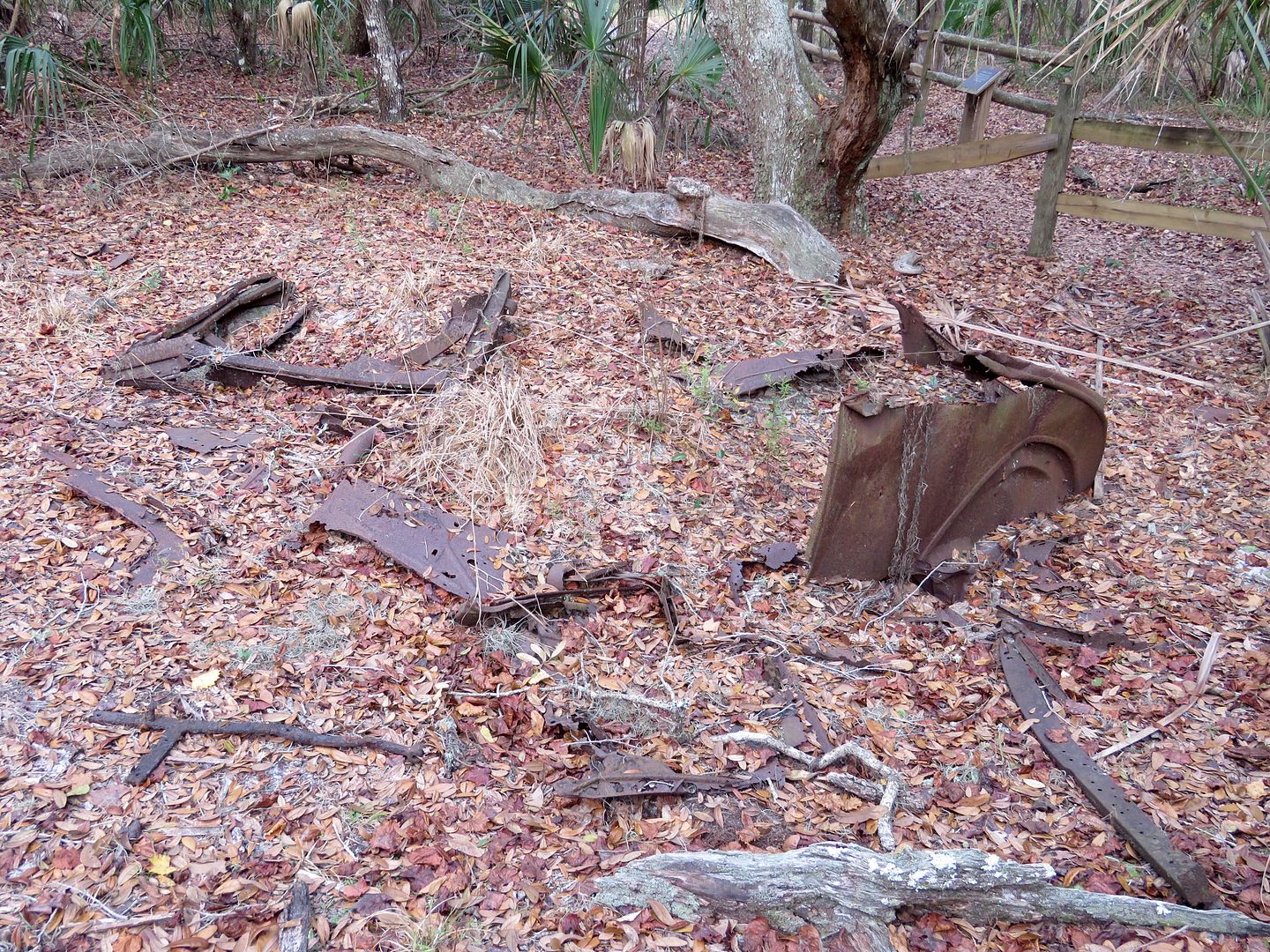
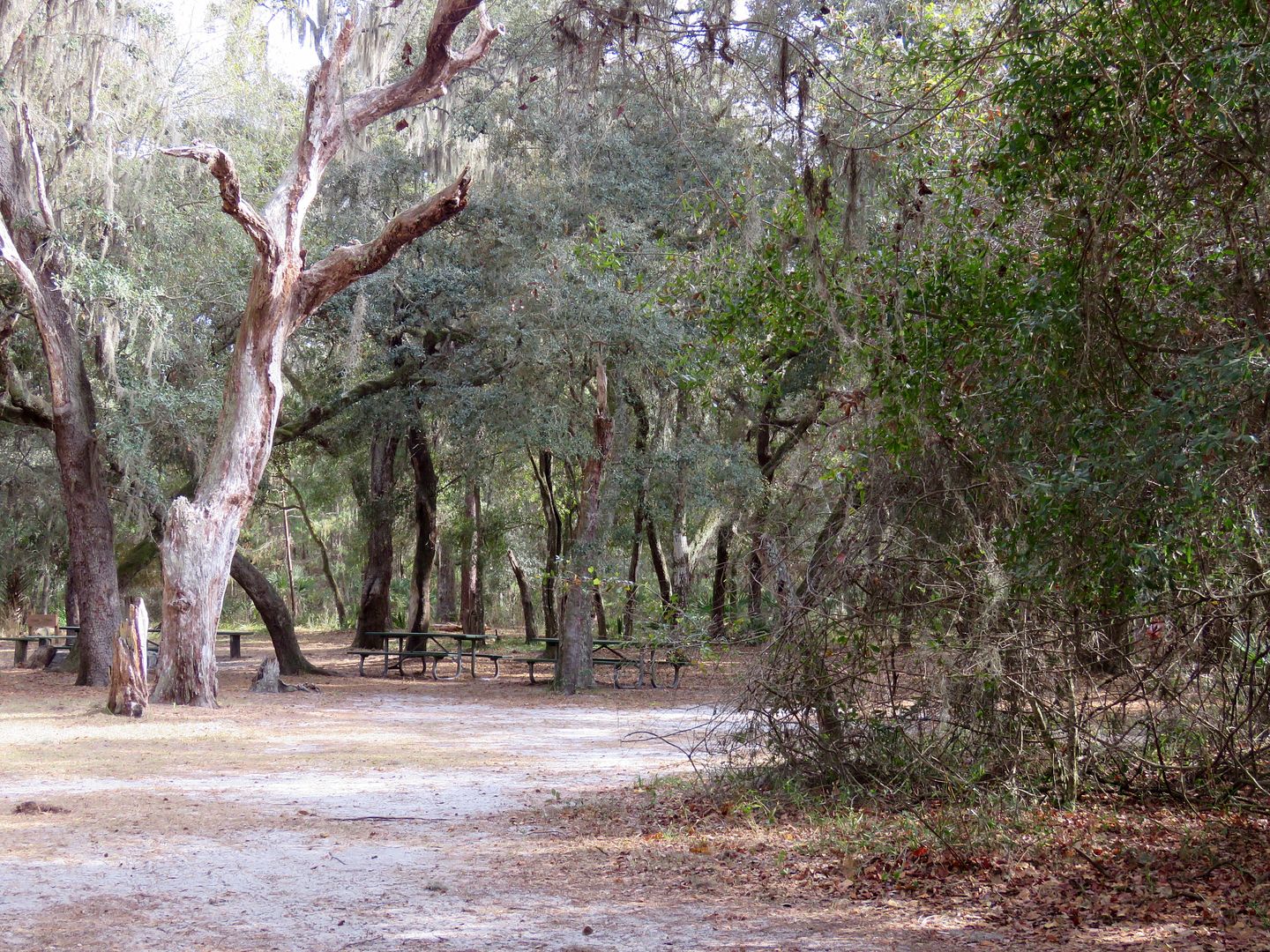

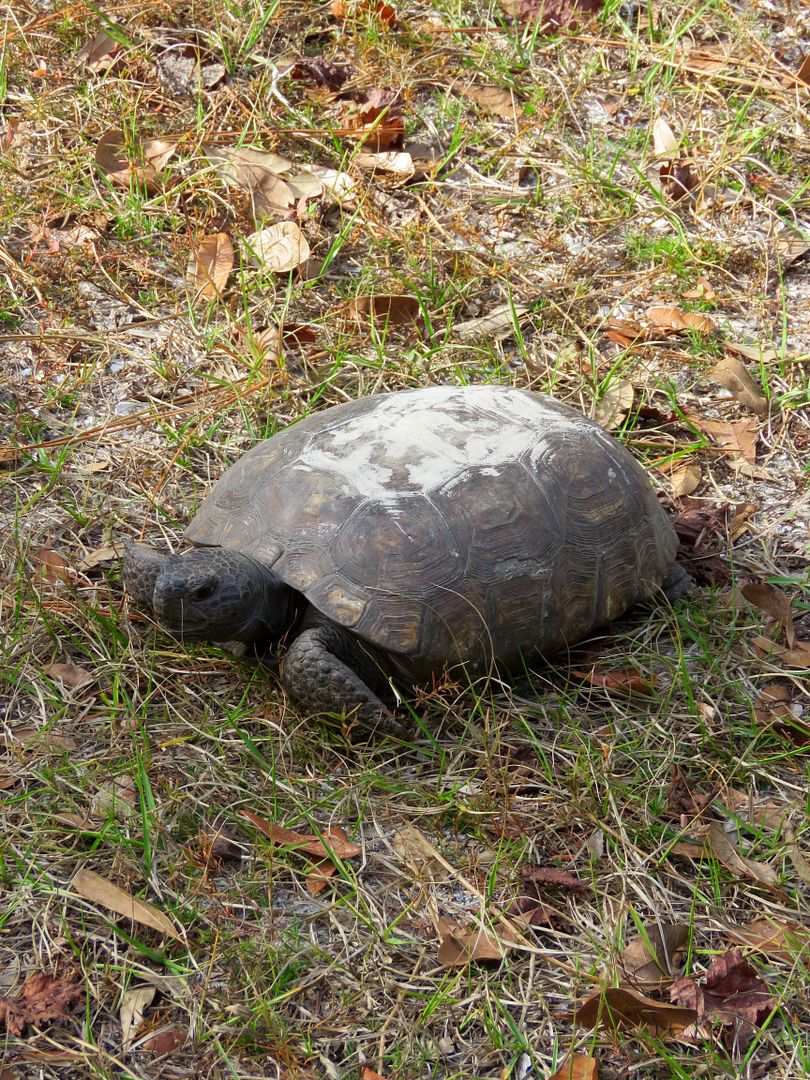
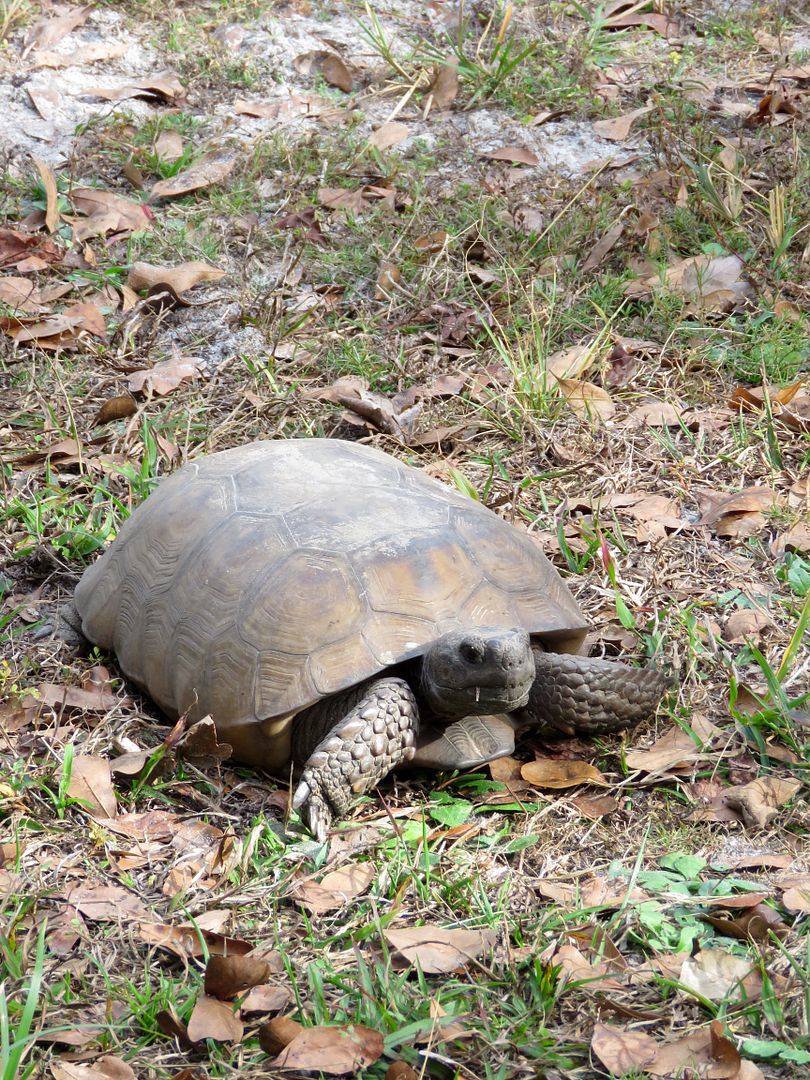


No comments:
Post a Comment